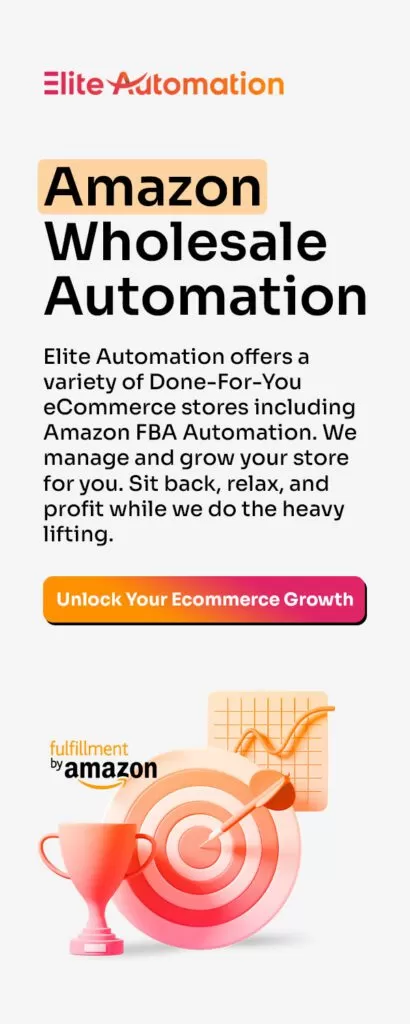As e-commerce continues to grow, the choice of fulfillment solutions becomes critical for online sellers aiming to optimize their operations and customer satisfaction.
Two major players in this arena are Walmart Fulfillment Services (WFS) and Amazon’s Fulfillment by Amazon (FBA). Both services offer distinct advantages and could potentially reshape your business model depending on various factors including cost, reach, and service quality. This article will compare WFS and Amazon FBA to help sellers make informed decisions.
Overview of Walmart Fulfillment Services (WFS) and Amazon FBA
Walmart Fulfillment Services (WFS) was launched as Walmart’s response to the success of Amazon FBA, allowing sellers to store their products in Walmart’s fulfillment centers. When an item is sold, WFS takes care of the picking, packing, shipping, customer service, and returns for these orders.
Amazon’s Fulfillment by Amazon (FBA) offers similar services, allowing sellers to leverage Amazon’s vast network of fulfillment centers. With FBA, Amazon also handles storage, packing, shipping, customer inquiries, and returns.
Key Features Comparison
- Storage Fees: Both WFS and FBA charge for storage, but the rates can vary significantly depending on the time of year and size of the products. Generally, Amazon FBA tends to have higher storage fees, particularly during peak seasons.
- Shipping Speed: Amazon FBA is renowned for its Prime program, which offers customers two-day, one-day, and even same-day shipping. WFS also offers two-day shipping on items sold on Walmart.com, which is competitive but currently does not match the breadth of Amazon Prime’s rapid delivery options.
- Return Processing: Both services offer return processing, but Amazon’s FBA is particularly streamlined due to Amazon’s mature system and extensive experience in e-commerce logistics.
- Reach and Customer Base: Amazon has a larger customer base and a more established international presence. However, Walmart’s physical stores provide additional omnichannel advantages, such as easy in-store returns and pickups.
Costs and Fees
One of the most critical aspects for sellers is the cost comparison between WFS and FBA.
- Fulfillment Fees: Both services charge fulfillment fees based on the dimension and weight of the products. While specific fees can vary, sellers have reported that WFS can be more cost-effective for larger or heavier items due to its simpler fee structure.
- Long-term Storage Fees: Amazon FBA charges significant long-term storage fees, which can add up if inventory is not managed effectively. WFS, being relatively newer, has offered more lenient terms during its rollout phase.
Advantages and Disadvantages
- Amazon FBA Advantages:
- Larger customer base
- Extensive international reach
- Robust infrastructure for handling customer service and returns
- Amazon FBA Disadvantages:
- Higher costs, especially in long-term storage and removal fees
- Intense competition among sellers
- WFS Advantages:
- Potentially lower costs for storage and fulfillment
- Integration with Walmart’s extensive physical retail presence
- WFS Disadvantages:
- Smaller online customer base compared to Amazon
- Less mature system with potentially fewer features and options

Final Analysis
Choosing between WFS and Amazon FBA depends on various factors including your target customer base, the types of products you sell, and how you manage your inventory.
For sellers targeting cost-efficiency and those who benefit from Walmart’s physical store infrastructure, WFS is a compelling choice. However, for those looking for greater reach and a more established e-commerce presence, Amazon FBA remains the gold standard.
Both platforms continue to evolve, and staying updated on their offerings is crucial for online sellers aiming to maximize their operational efficiency and profitability.


